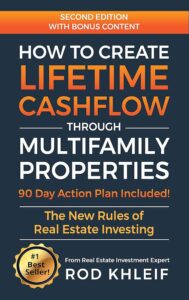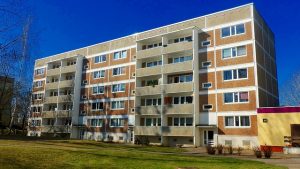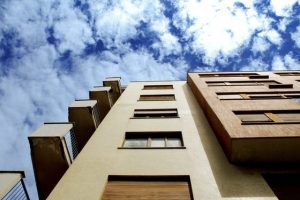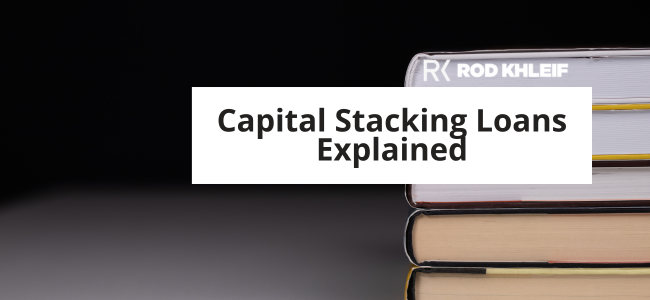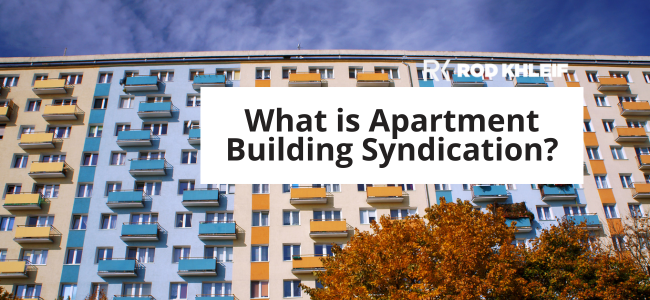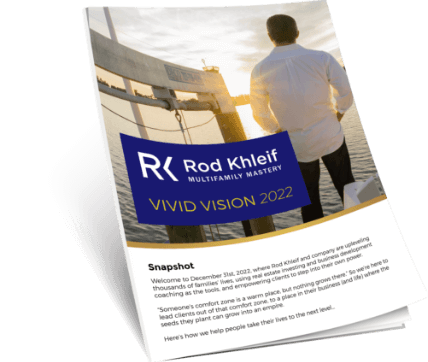Value Add Opportunity in Real Estate: What It Means and How to Maximize Returns
What Is a Value Add Opportunity?
A value add investment is a real estate strategy where property owners make targeted improvements to increase a property’s value, rental income, and overall returns. Unlike fully stabilized properties, value add opportunities involve acquiring underperforming assets, making strategic upgrades, and optimizing operations to attract higher-paying tenants.
Many real estate investors seek value add opportunities because they offer a strong balance of risk and return. Investors can increase a property’s net operating income (NOI). This can lead to appreciation. As a result, they can sell the asset for a higher price or refinance for more leverage. Not every investment called “value-add” is a good deal. It is important to know how to assess these properties.
How a Value Add Investment Works
A true value-add investment improves a property through one or more of the following strategies:
- Renovating outdated units to justify rent increases
- Enhancing curb appeal and modernizing common areas
- Repositioning the asset to attract higher-quality tenants
- Improving property management to cut operating costs and boost efficiency
Executing a clear business plan for a value add opportunity allows investors to increase NOI, ultimately driving up property value. The goal is to sell the asset at a significantly higher price or refinance based on its improved financials.
How to Identify a Real Value-Add Opportunity
Not all properties marketed as value add investments actually present a viable investment opportunity. Many brokers and sellers label properties as value-add even if most of the upgrades have already been completed or the market won’t support significant rent increases.
Signs of a True Value-Add Property
- Well-located in a strong rental market
- Rents are below market rate with room for increases
- Minimal to moderate deferred maintenance
- Management inefficiencies that can be corrected
- Fixable problems that won’t exceed a reasonable renovation budget
A common mistake investors make is assuming that rents will continue rising indefinitely. Instead, a successful value-add investment should have clear, strategic improvements that justify rent increases and drive higher returns.
Red Flags to Watch Out For
- The seller has already completed major renovations but claims there’s more value to add
- Severe structural issues or extensive deferred maintenance that outweigh potential profits
- Poor unit mix or functional obsolescence (e.g., all studio units in a market demanding two-bedrooms)
Simply put, the best value add opportunities are underperforming assets in strong markets, where strategic improvements can create significant upside potential.
Executing a Value Add Strategy: A Real-World Example
To better understand how a value add investment works, let’s look at a realistic scenario.
The Property
An investor finds an eight-unit multifamily property in a high-demand neighborhood. The seller has owned the property for decades, has little debt, and hasn’t raised rents significantly. The two-bedroom units rent for $800 per month, while similar properties in the area command $950 per month. The seller lists the property for $600,000 ($75,000 per unit).
At a 6.1% cap rate, the valuation seems fair, but what happens if we renovate?
The Business Plan
The investor chooses to upgrade each unit. They will spend $6,000 per unit, which totals $48,000. The improvements include new flooring, appliances, modern lighting, and countertops. With these upgrades, they project a $150 rent increase per unit.
Financial Breakdown
- New annual rental income: $91,200 ($950 per unit x 8)
- Operating expenses remain at: $40,000
- New NOI: $51,200
- New estimated property value at a 6.1% cap rate: $839,344
By executing this value add opportunity, the investor increases the property’s value by $239,344, with only $48,000 in renovations.
Another important metric is the payback period. The renovations cost $48,000. They bring in $14,400 each year in extra rental income. This means the payback period is 3.3 years. This is well within the four-year benchmark that most investors use.
When a Value-Add Investment Doesn’t Work
Not all value add opportunities are profitable. Let’s consider a situation where:
- Renovations cost $10,000 per unit
- Rent increases are only $40 per month per unit
After doing the math, the property’s value only increases by $62,950, but the renovation costs $80,000. Instead of adding value, the investor actually loses $20,000 and faces an unacceptable 21-year payback period.
This highlights why accurate underwriting and financial analysis are critical when evaluating a value add investment.
Why Value-Add Investments Are Popular Among Real Estate Investors
For investors seeking investment opportunities beyond turnkey properties, value-add real estate investments offer:
- Higher returns by forcing appreciation through strategic improvements
- Increased cash flow through rent increases
- Stronger equity growth from repositioning the property
- More control over risk and return compared to market-dependent investments
When executed with a solid business plan, a value-add opportunity can significantly accelerate an investor’s portfolio growth.
Final Thoughts on Value-Add Investments
A value add opportunity can be one of the most profitable strategies in real estate investing, if done correctly. The best deals are well-located, underperforming properties where strategic improvements drive rent growth, increased cash flow, and appreciation.
To maximize success in a value add investment, make sure to:
- Analyze market conditions to confirm rent growth potential
- Ensure renovation costs align with expected returns
- Calculate payback periods to ensure a profitable investment
- Avoid properties with unsolvable issues
A true value add investment isn’t about speculation. It’s about strategic improvements that create real wealth.
If you want to learn more about how to find, analyze, and execute multifamily value-add investments, check out my free 200-page book, which covers everything from evaluating markets to financing deals. Get your copy today and start building lifetime cash flow through real estate.



